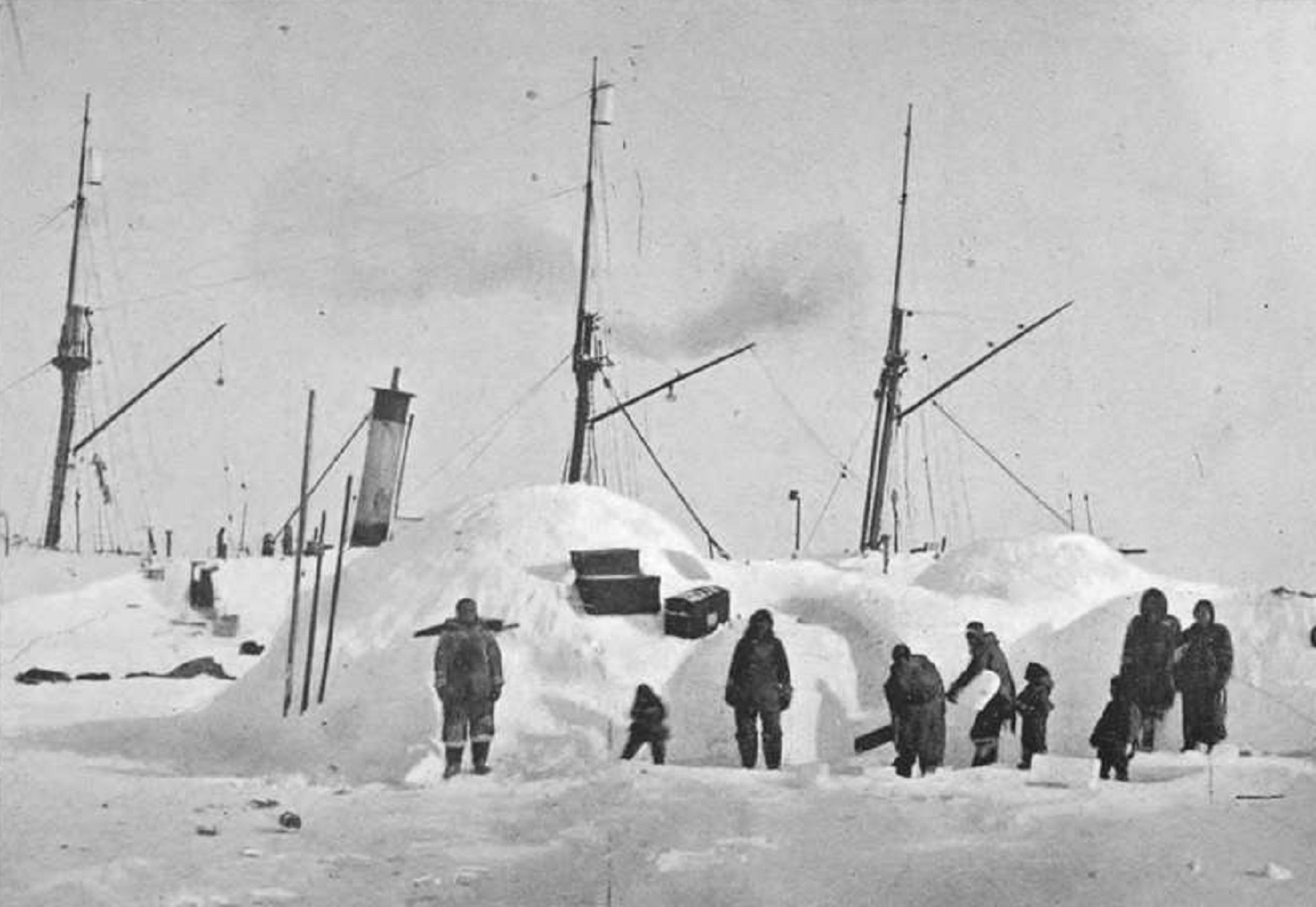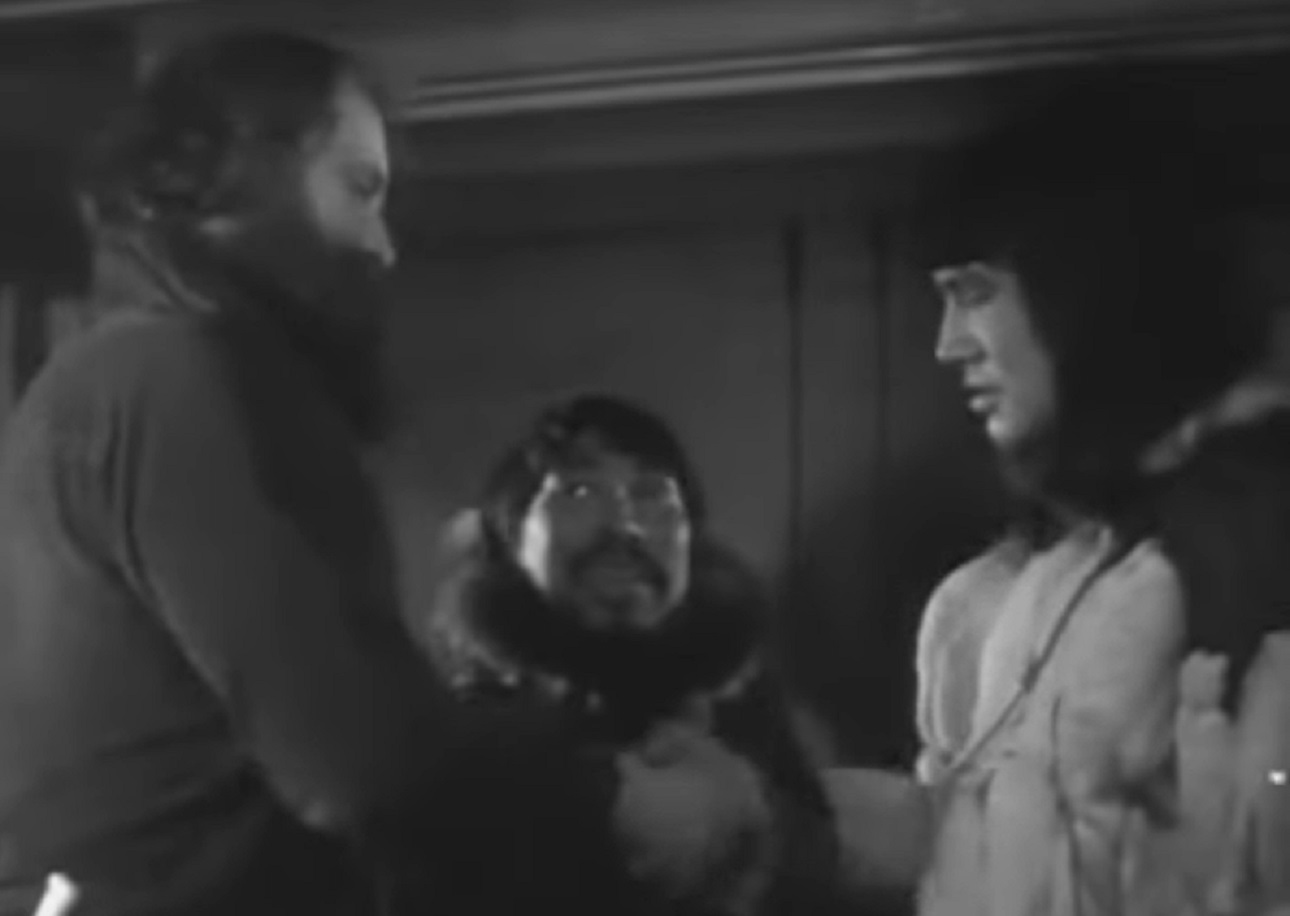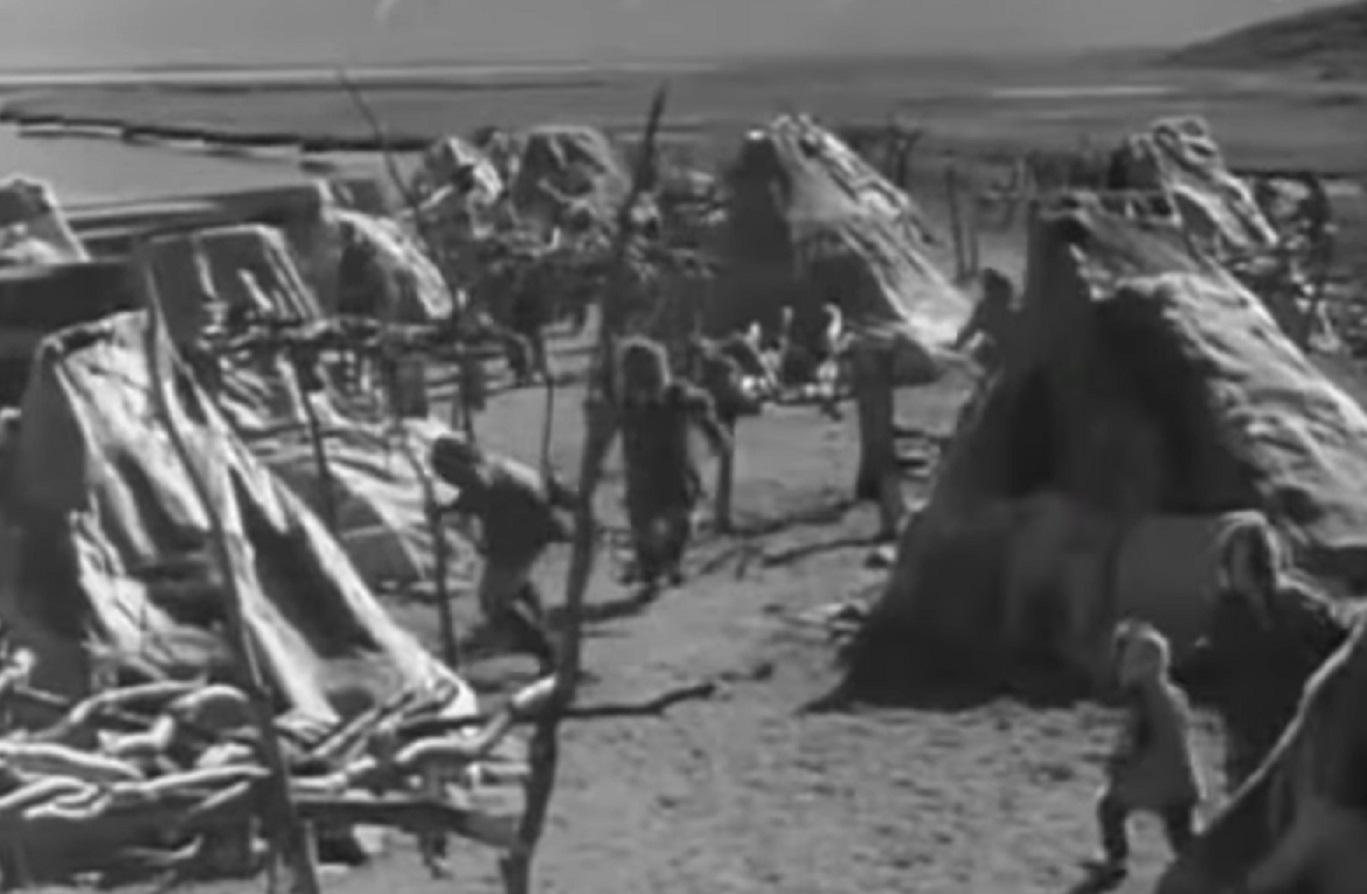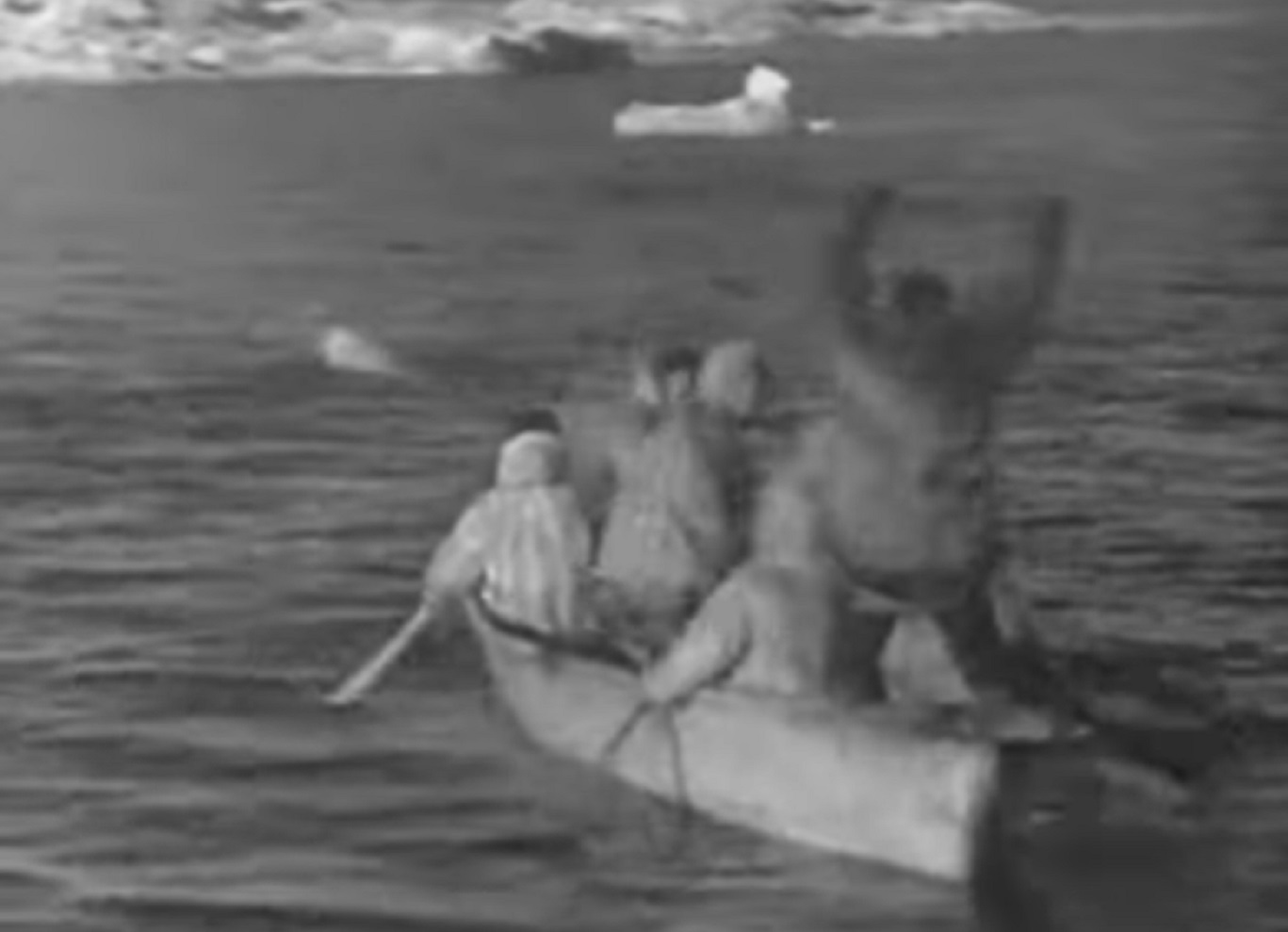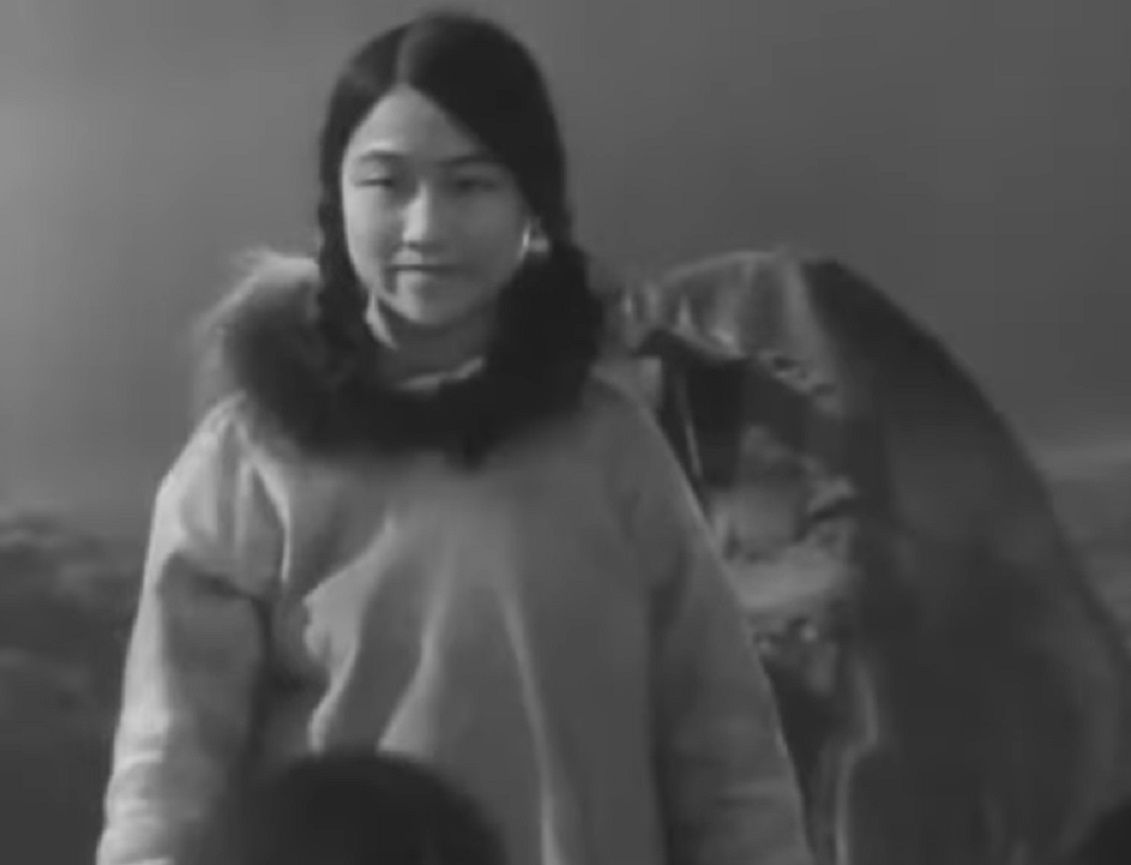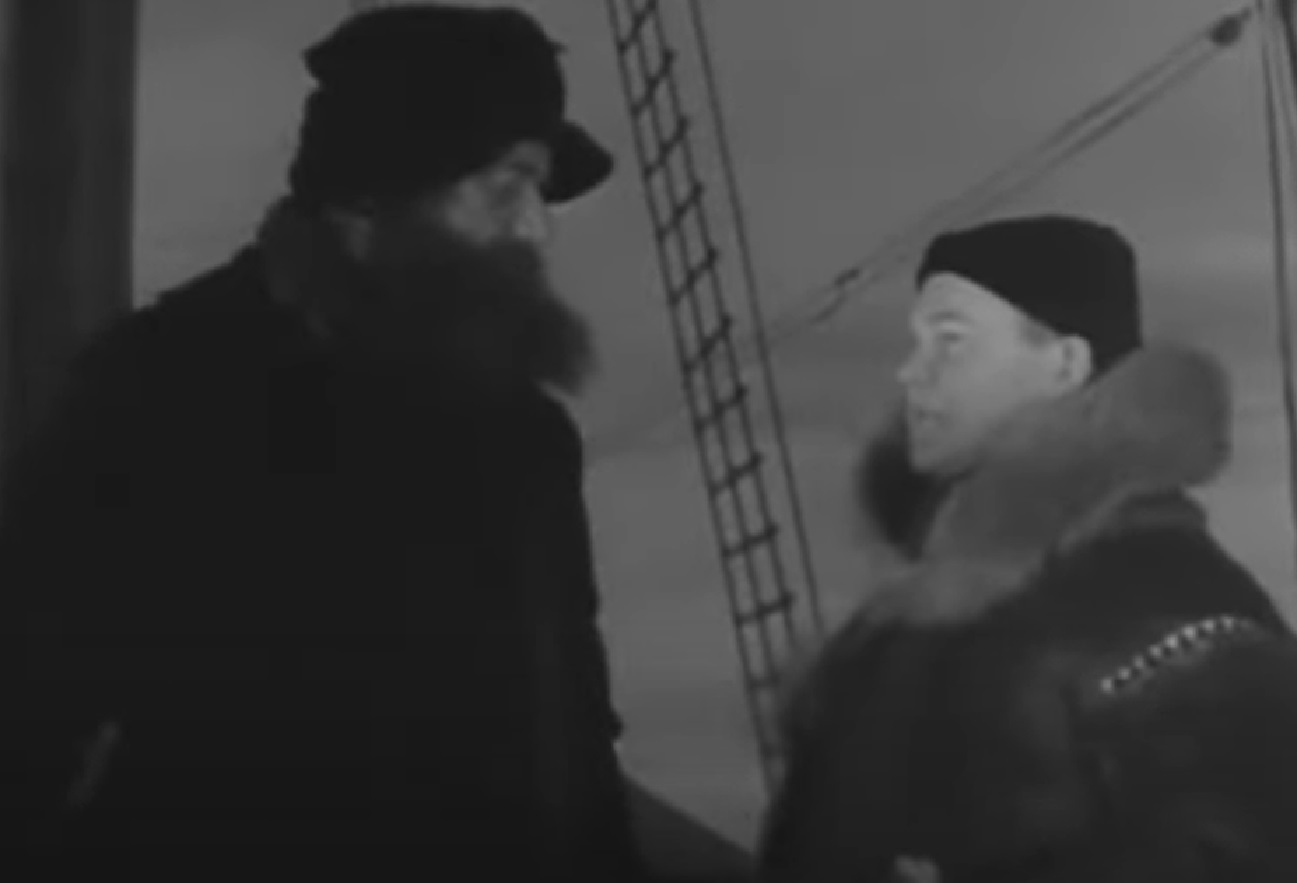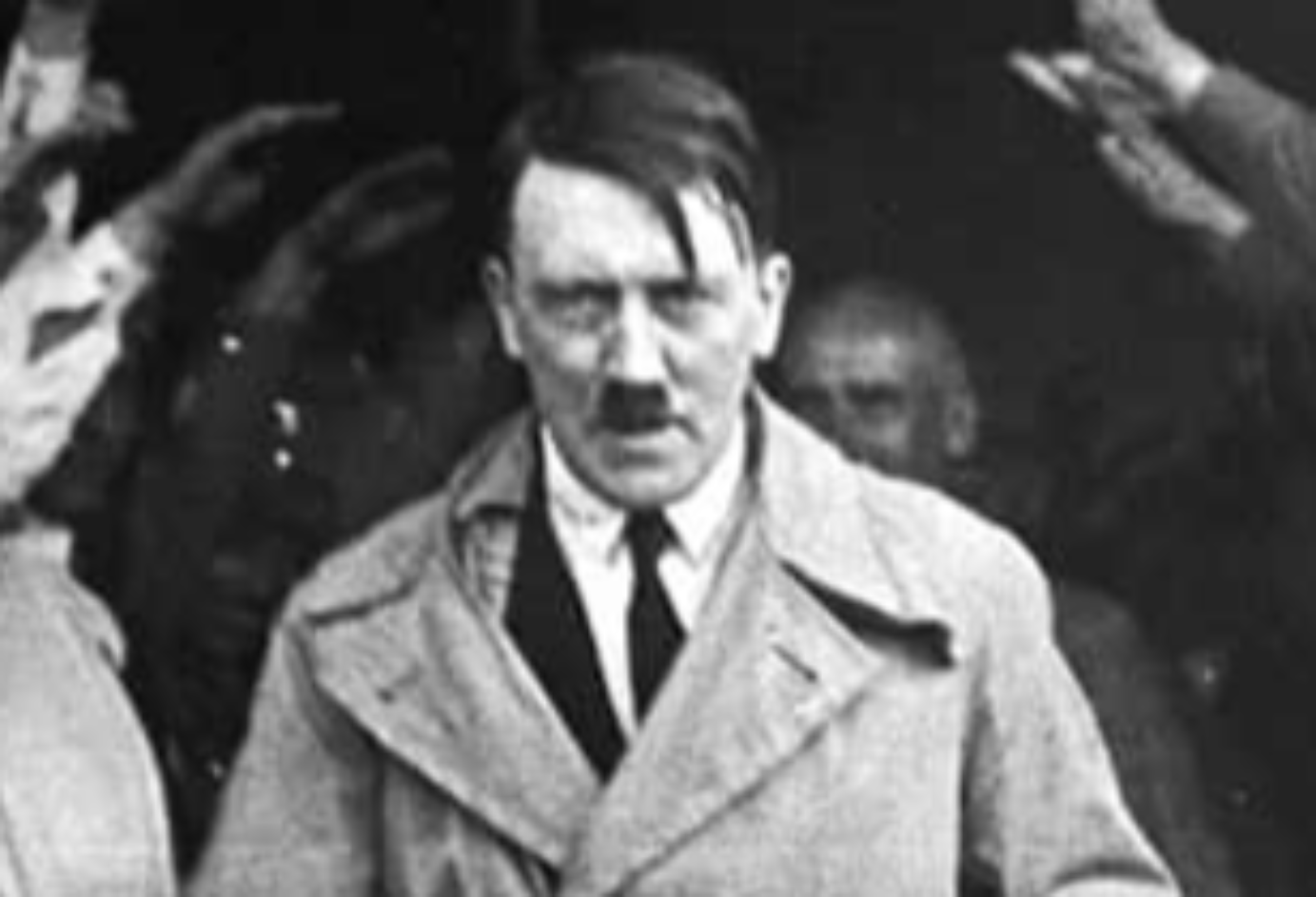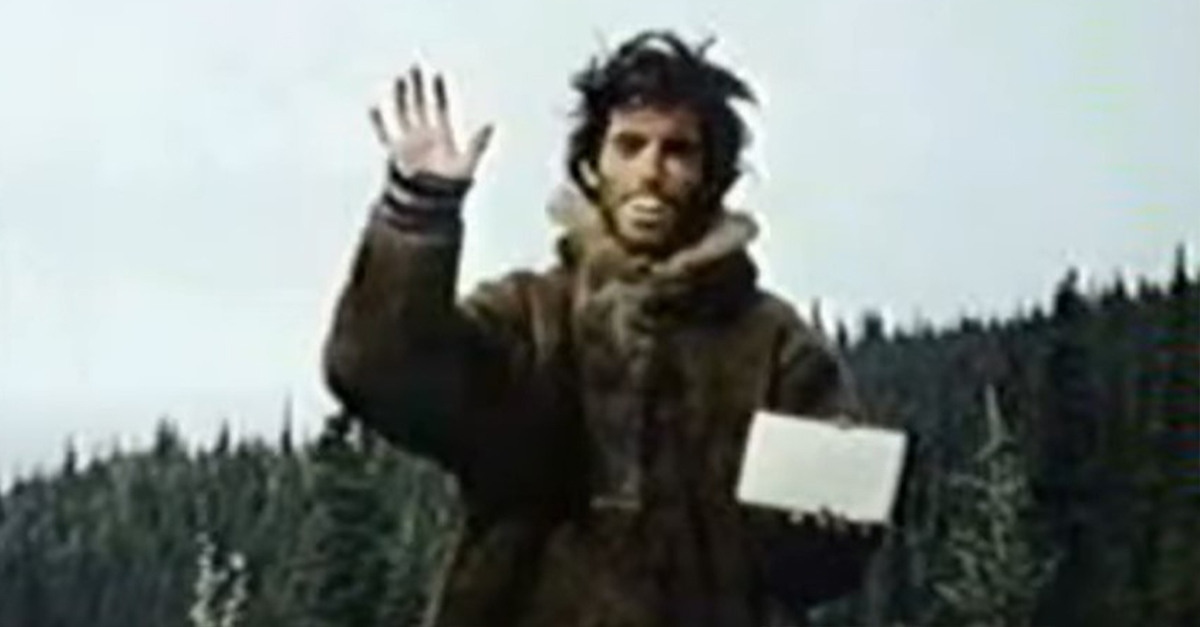The Most Interesting Man In The World
Peter Freuchen was the 20th-century Danish explorer who hunted polar bears, amputated his own toes, escaped the führer, and then won a game show.

1. He Was Always Victorious
Peter Freuchen was the dauntless Danish explorer who charted the furthest reaches of the Arctic. His treacherous treks across the most inhospitable frozen landscapes on earth nearly cost him his life. However, whether he was wrestling polar bears or staring down the führer himself, Freuchen always emerged as the victorious Vagrant Viking.
He even conquered the game shows.
2. He Didn’t Follow In Anyone’s Footsteps
Peter Freuchen was born in the far reaches of Nykøbing Falster, Denmark on February 20, 1886. His father, Lorentz Benzon Freuchen, was a respectable businessman who only wanted his son to follow in his footsteps. However, from a very young age, it was obvious that Freuchen wasn’t going to follow in anyone’s footsteps. Instead, fate had a dangerous plan in store for him.
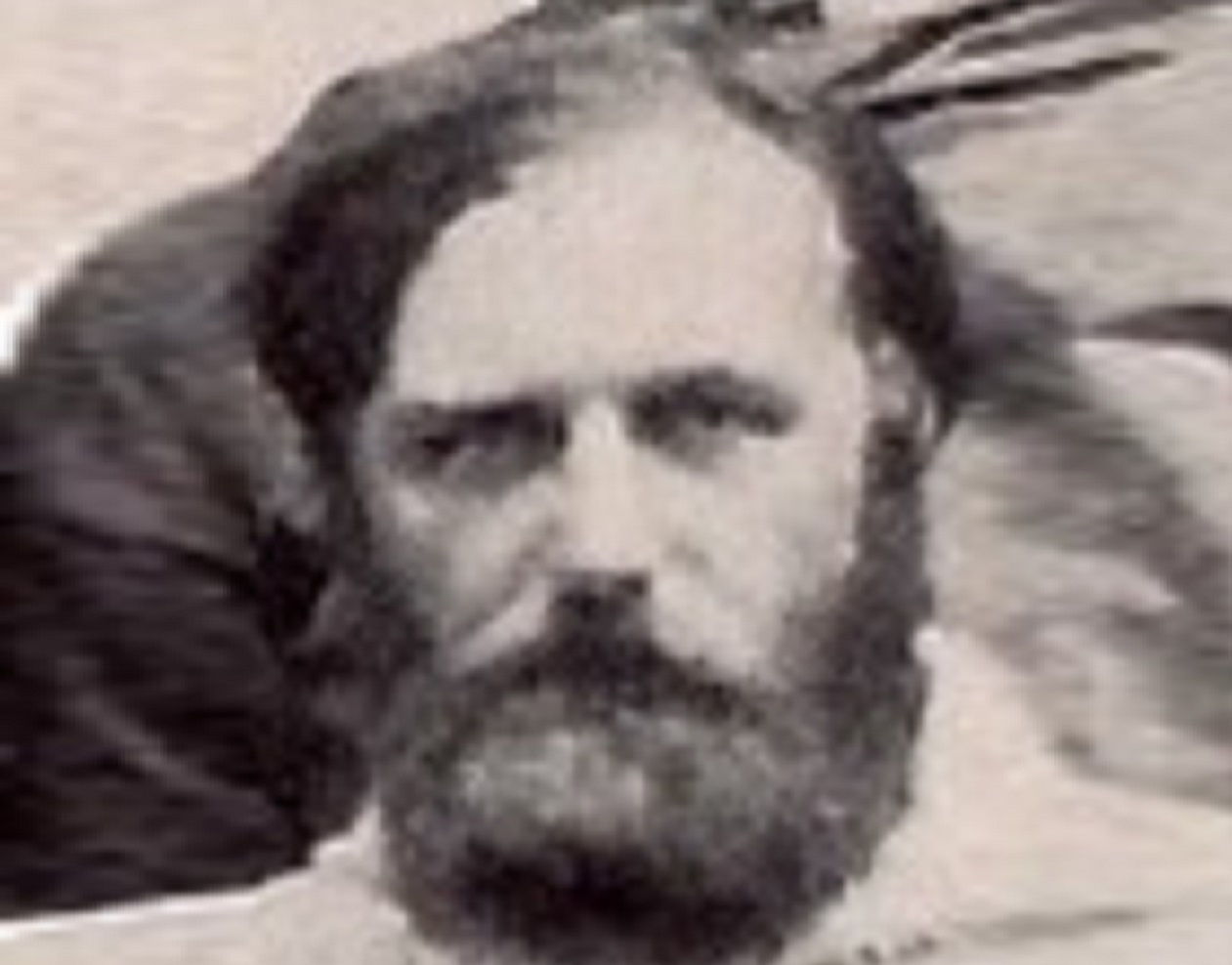 Knud Rasmussen, Wikimedia Commons
Knud Rasmussen, Wikimedia Commons
3. He Skipped Classes To Go To Sea
Freuchen was born with the heart of an intrepid explorer. Even as a child, he would often sneak out of class and find his way to the sea. There, he would sit back and listen in wonder at the stories that the sailors and fishermen told. He knew from then on that he wanted to chart new territory. Unless his father had something to say about it.
4. He Was Going To Be A Doctor
For a time, it looked like Freuchen was going to disappear into obscurity. His father had him enroll in the University of Copenhagen to study medicine. The hope was that a steady vocation would tame Freuchen’s adventurous spirit. But, deep down, Freuchen longed to explore something far more treacherous than the human body.
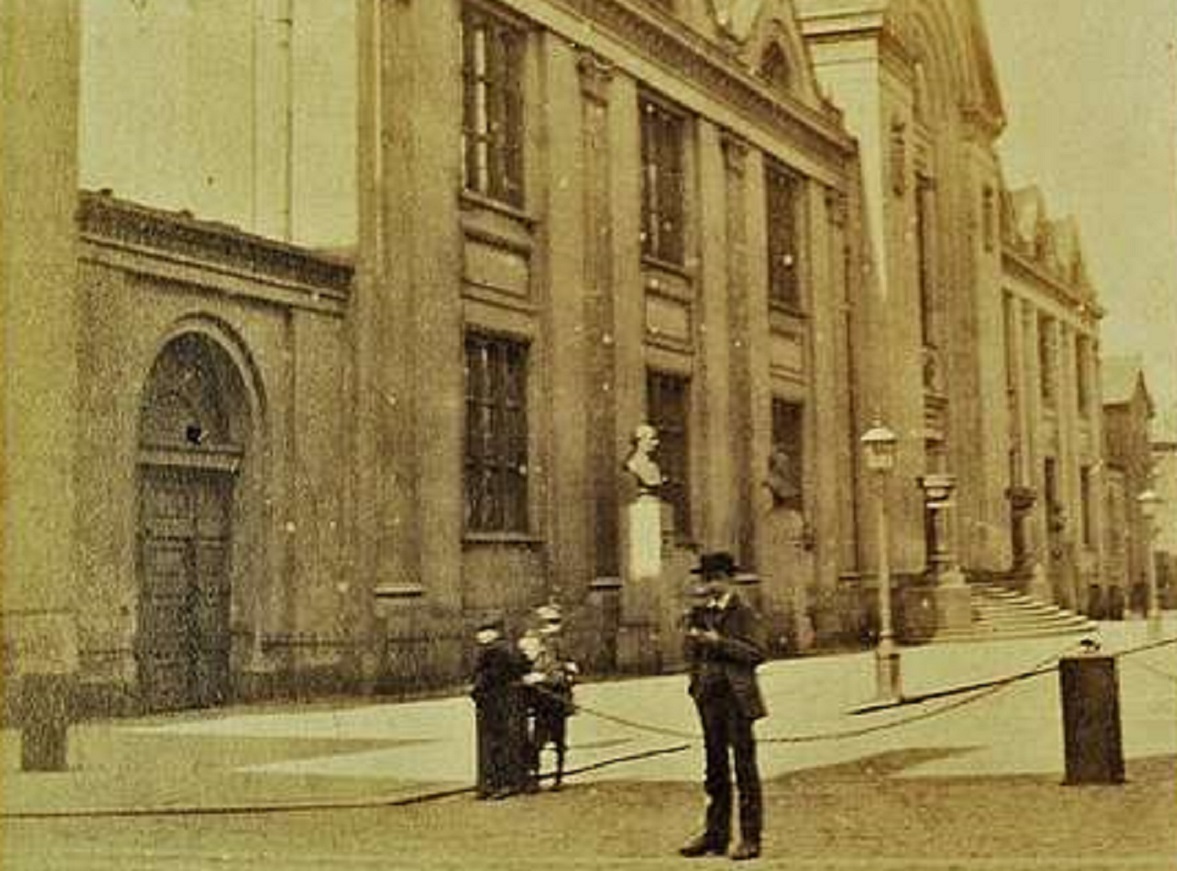 Registration of Danish Stereoviws , Picryl
Registration of Danish Stereoviws , Picryl
5. He Threw His Education (And Caution) Out The Window
Freuchen only managed to suppress his adventurous nature for a short time. Before even completing a full year at the University of Copenhagen, the dauntless and daring Dane threw his medical textbooks out the window and decided to pursue the life of a true adventurer. He had no idea the perils that lay ahead—both in the Arctic and at home in Denmark.
 Jens Petersen, Wikimedia Commons
Jens Petersen, Wikimedia Commons
6. His Limited Medical Training Would Save His Life
There’s little record to explain Freuchen’s relationship with his father. But, presumably, there must have been some tension between them after Freuchen dropped out of the University of Copenhagen to satisfy his wanderlust. In a cruel and ironic twist, however, Freuchen’s limited medical education would end up saving his life—and causing him excruciating pain.
Thankfully, he didn’t “flush” all of his medical knowledge down the “toilet”.
 Knud Rasmussen, Wikimedia Commons
Knud Rasmussen, Wikimedia Commons
7. His First Adventure Proved Fatal
Freuchen’s first foray into the wild world of Arctic exploration was as a member of the ill-fated Denmark expedition in 1906. Not many records of Freuchen’s involvement in this early expedition still exist but it’s safe to say that he made off better than the expedition leader, Ludvig Mylius-Erichsen. He was simply lucky.
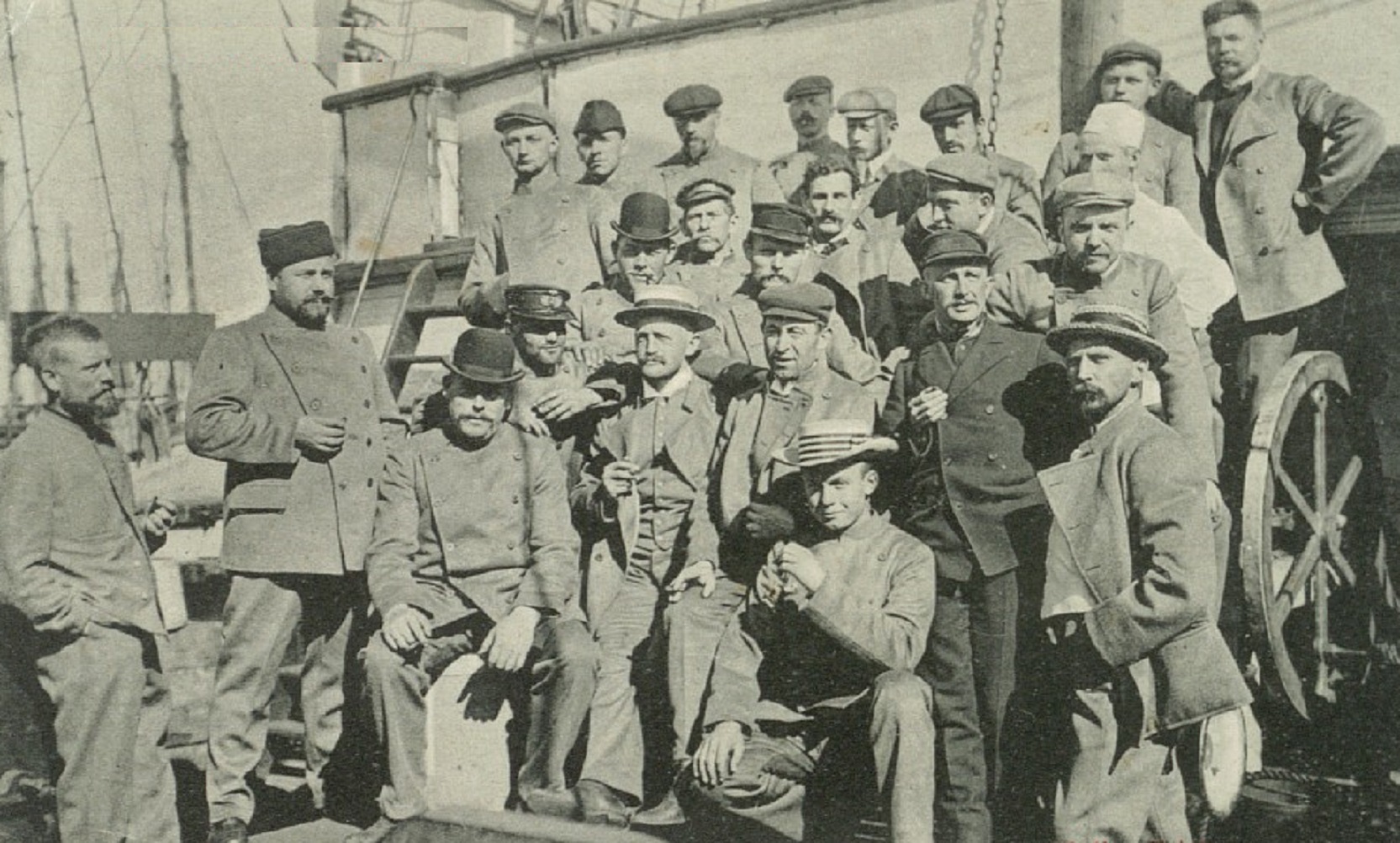 Martin Johannes Knudstru, Wikimedia Commons
Martin Johannes Knudstru, Wikimedia Commons
8. His Party Split Up
If Freuchen had any delusions of Arctic expeditions as romantic sojourns through wintry wonderlands, he quickly lost that childish idea. When the expedition split up to cover more ground, the expedition’s leading members found themselves trapped in the far northern reaches of Greenland by melting ice. Freuchen’s party wouldn’t find them in time.

History's most fascinating stories and darkest secrets, delivered to your inbox daily.
9. He Couldn’t Save His Expedition Leader
Fortunately, Freuchen’s party experienced better weather than Mylius-Erichsen’s. However, with unstable ice between them, Freuchen wasn’t able to go to his leader’s rescue until it was already too late. Fellow expedition member, Jørgen Brønlund, left behind a chilling account in his diary of the ill-fated party’s final days.
“No food, no foot gear, and several hundred miles to the ship. Our prospects are very bad indeed,” Brønlund wrote. Somehow, this only seems to have increased Freuchen’s desire for adventure.
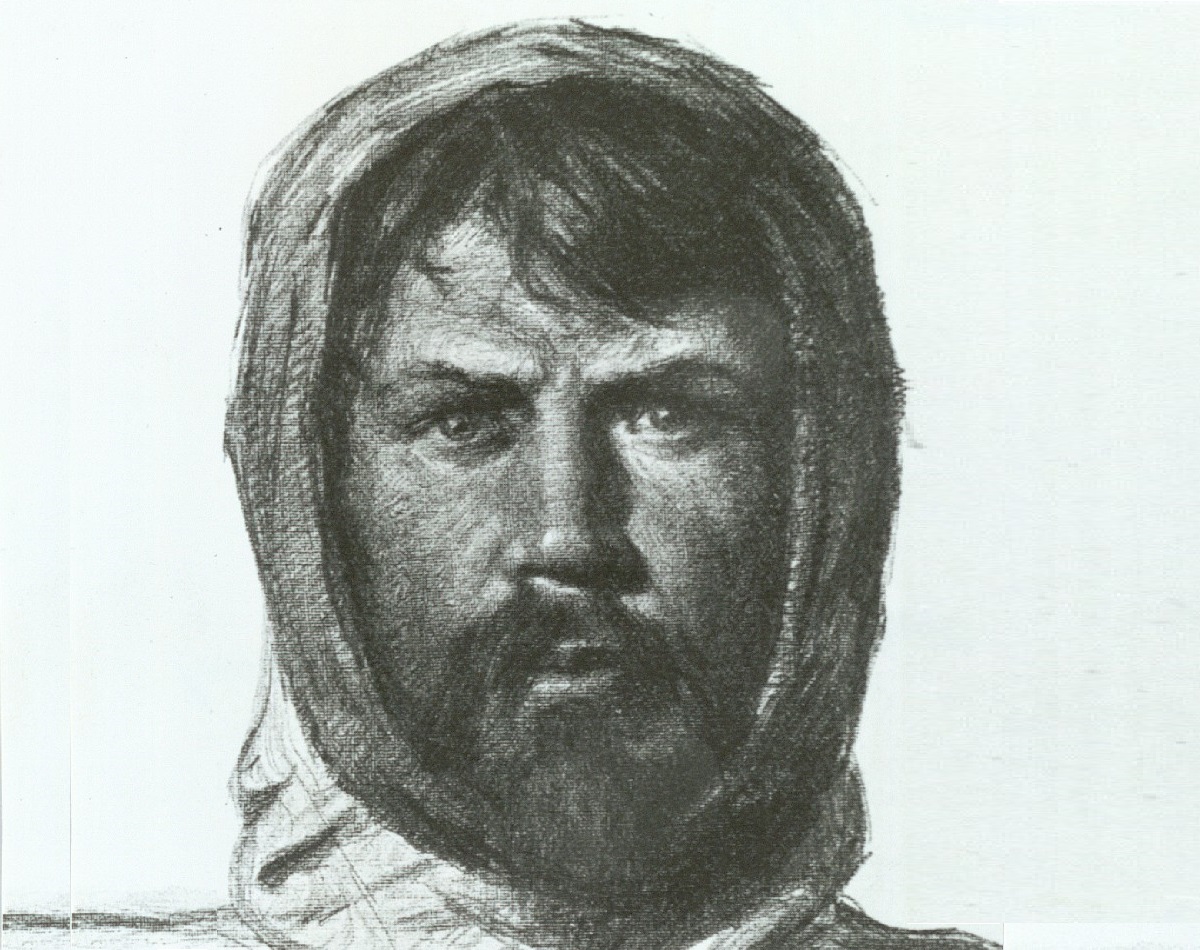 Achton Friis, Wikimedia Commons
Achton Friis, Wikimedia Commons
10. He Found His Home
Even though the Denmark expedition had claimed the lives of three prominent explorers, the larger mission was still a quiet success. Given the harsh circumstances, the surviving members of the expedition earned reputations as hardened adventurers who could withstand the most brutal circumstances. And Freuchen, for his own part, found his tribe.
11. He Bonded With The Locals
While prominent explorers had slowly turned to “corpsecicles” and lost their lives on that dreadful 1906 expedition, Freuchen found his reason to live. Throughout the expedition, he established close cultural, commercial and personal relationships with the local Inuit population.
Within a few years, he'd learned an astonishing amount about their culture. But this was only the beginning.
12. He Founded A Trading Town
In 1910, Freuchen and his long-time adventure buddy, Knud Rasmussen, established the most northerly trading town in the world at Cape York in Greenland. While the town helped to bring commerce to the Inuit population, it also served as a base from which Freuchen and Rasmussen could launch expeditions deep into Greenland’s interior, where no one had gone before.
13. He Went Beyond The Borders Of The Map
Freuchen and Rasmussen named their little trading town “Thule”. The curious name was something of an inside joke amongst explorers. It was a reference to the medieval cartographic term “Ultima Thule” which, ominously, meant “beyond the borders of the known world”. And that’s precisely where Freuchen planned to go next.
14. He Married A Native
In 1911, while based in Thule, Freuchen married the Inuit woman, Mekupaluk (Mequpaluk) who later adopted the name Navarana. Over the course of their 10-year long marriage, Freuchen and Mekupaluk had two children together, a boy and a girl. They could have had their “happily ever after”—but their relationship would end with an Arctic chill.
15. He Hunted Big Game
Freuchen settled into life amongst the Inuit like a snowflake onto an avalanche. He learned their culture and customs, began speaking their language and even joined in on hunting expeditions. Thanks to the Inuit, he learned to hunt walruses, whales, and seals. But, there was one animal that he prized hunting above the rest.
16. He Took Down A Polar Bear
Standing at a staggering 6'7, there weren’t many (or any) animals that intimidated Freuchen—not even polar bears. The truly valiant Viking famously hunted and took down a fully-grown adult polar bear all on his own. But he was never wasteful. He preserved the bear’s gorgeous fur as an enviable coat that was just the right size for his towering frame.
In Greenland, however, the real danger was the cold.
17. He Launched A Series Of Expeditions
Along with Rasmussen, Freuchen embarked on a series of expeditions from Thule that later became known as the Thule Expeditions. Between 1912 and 1933, Freuchen went to places that no one else had ever been, charted new Arctic lands and embarked on perilous adventures. But he barely survived his first big expedition from Thule.
 American Museum of Natural History Library, Picryl
American Museum of Natural History Library, Picryl
18. He Wanted To Find The Right Channel
In 1912, Freuchen embarked on his first expedition from Thule with Rasmussen and two Inuit explorers, Inukitsork and Uvdloriark. The stated purpose of their expedition was to settle the question of the fabled “Peary Channel” that supposedly separated Greenland and Peary Land.
The mission would take Freuchen to previously uncharted Arctic lands—and cost him more than he could have imagined.
 Smithsonian Institution, Wikimedia Commons
Smithsonian Institution, Wikimedia Commons
19. He Had A “Gut-Wrenching” 620-Mile Trek
By all accounts, Freuchen’s 620-mile slough through the freezing Arctic started out well enough. But, a sudden and dangerous change in the weather imperiled the entire expedition. There are two versions of how, exactly, Freuchen found himself in the cold clutches of the Grim Reaper but, either way, his “gut-wrenching” heroics saved the day.
20. He Got Caught In An Avalanche
According to one version of the story, Freuchen and his expedition mates were simply in the wrong place at the wrong time. As they traversed the icy landscape, they found themselves in the path of an angry avalanche. Knowing that he couldn’t outrun the cascading ice and snow, Freuchen helplessly took shelter behind his sled.
The other version of the story is no less terrifying.
21. He Got Caught In A Snowstorm
In the Arctic, the weather can change from frigid to downright glacial in an instant. That’s what might have happened to Freuchen and his expedition mates in 1912. Allegedly, they got trapped in a snowstorm that was probably bad enough to be an avalanche of a different kind. Either way, Freuchen found himself trapped in an icy coffin.
22. He Was Stuck In A Cold Coffin
By the time the avalanche or snowstorm passed, the cocoon of snow around Freuchen had hardened into solid ice. Isolated beneath the ice without any of his supplies, it was almost certain that his first real big adventure was also going to be his last. But Freuchen was nothing if not resourceful. He could turn anything into a tool. And I do mean anything.
23. He Made An Excrement Ax
In his 1953 book Vagrant Viking, Freuchen recounted how he managed to escape his glacial grave. Legend has it that Freuchen fashioned his own excrement into a makeshift knife or carving instrument and used it to tunnel his way out from under the ice. Believe it or not, that wasn’t the worst part of his 1912 expedition.
24. He Was Still On Thin Ice
In all, Freuchen had spent approximately 30 hours trapped beneath the ice. Even after getting himself out with his “excrement ax," he still had to crawl three hours back to the expedition’s base. By the time that he got back to the relative safety of the base, however, the Arctic chill had already claimed more than just his dignity...
25. He Had Terrible Gangrene
When Freuchen returned to base, he removed his sock to find that the toes on his foot had all become gangrenous. Unless he wanted to lose the whole leg, he would only have one choice—amputation. Of course, the nearest hospital was more than a few latitudinal lines south and he would never make it in time. Fortunately, he was a doctor.
Or, at least, he had once gone to medical school—for a few months.
26. He Amputated His Own Toes
Gritting his teeth, Freuchen prepared to do the unthinkable. Using nothing more than a pair of pliers and a hammer, he proceeded to amputate his own gangrenous toes. The most toe-curling (pun intended) part of it all? He didn’t have anesthesia. Still, despite his best efforts and Viking-like pain tolerance, the cold wasn’t done with him yet.
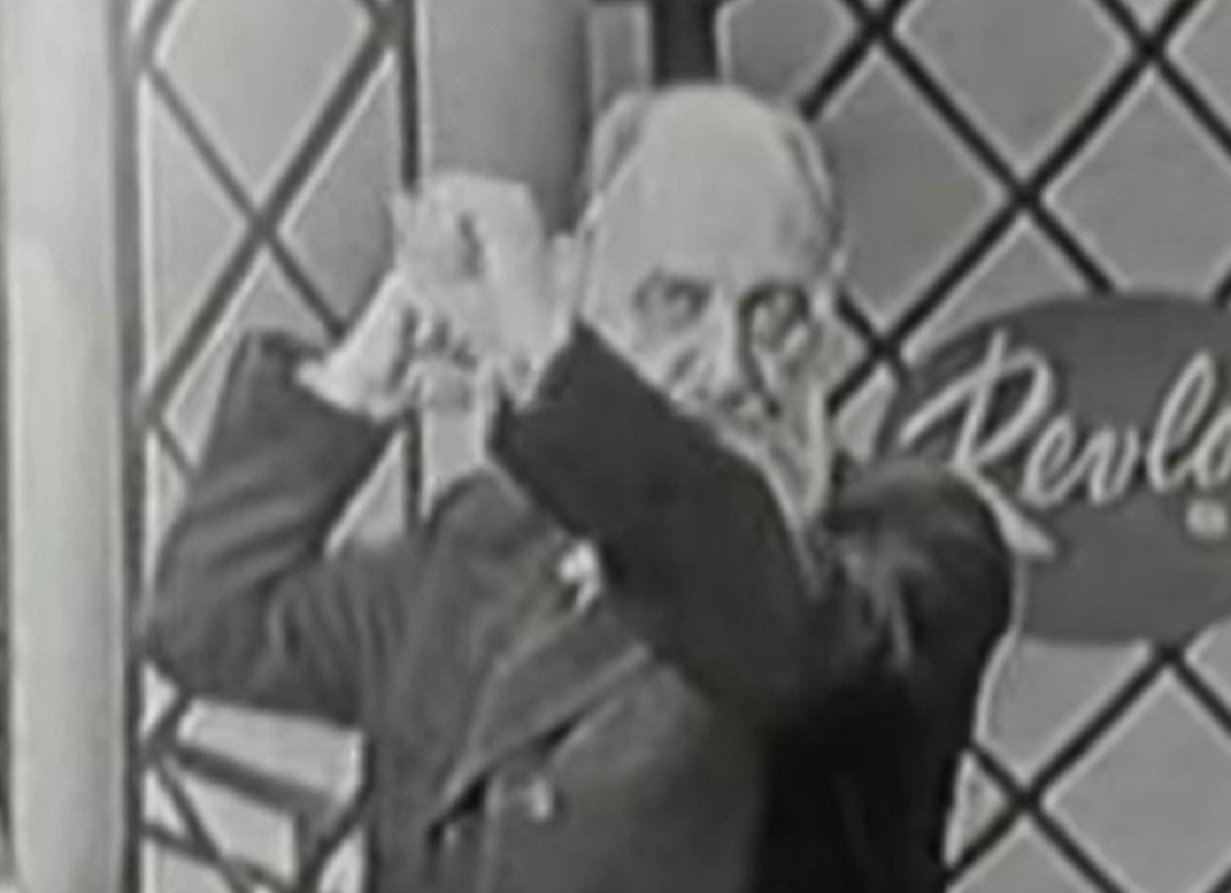 CBS, The $64,000 Question (Game Show)
CBS, The $64,000 Question (Game Show)
27. His Whole Leg Was Infected
If Freuchen had spent a few more months in medical school, he might have learned some invaluable skills. Unfortunately, he had dropped too early and he was no expert surgeon. Despite his best efforts, his whole leg had turned into an appendage of frozen, slowly rotting flesh. There was, unfortunately, only one thing to do.
28. He Had A Peg-Leg
Even with one frost-bitten, toeless leg, Freuchen managed to complete his 1912 expedition. But, by the time he returned to the relative safety of Thule, the rest of his leg was beyond saving and had to be amputated (with anesthesia, we hope). Undeterred and fearless as ever, he carried on exploring the Arctic with a peg-leg for decades.
29. His Expedition Was One Of A Kind
Word of Freuchen’s exploits spread faster than frostbite through the veins. Even the president of the Royal Geographical Society, Clements Markham, declared that Freuchen’s journey had been the “finest ever performed by dogs”. As Freuchen later recounted in Vagrant Viking, only one other dog sled team ever managed to traverse Greenland and live to tell the tale.
 Bartholomew, John George; Mill, Hugh Robert, Wikimedia Commons
Bartholomew, John George; Mill, Hugh Robert, Wikimedia Commons
30. He Lost His Wife To The Spanish Flu
The bitter cold of Greenland cost Freuchen far more than just his leg. In 1921, his wife, Mekupaluk, contracted the dreaded Spanish Flu. Unable to access better healthcare in the far reaches of their Arctic home, she succumbed to the terrible illness. The loss of Mekupaluk severed his ties to Greenland in a way from which he would never recover.
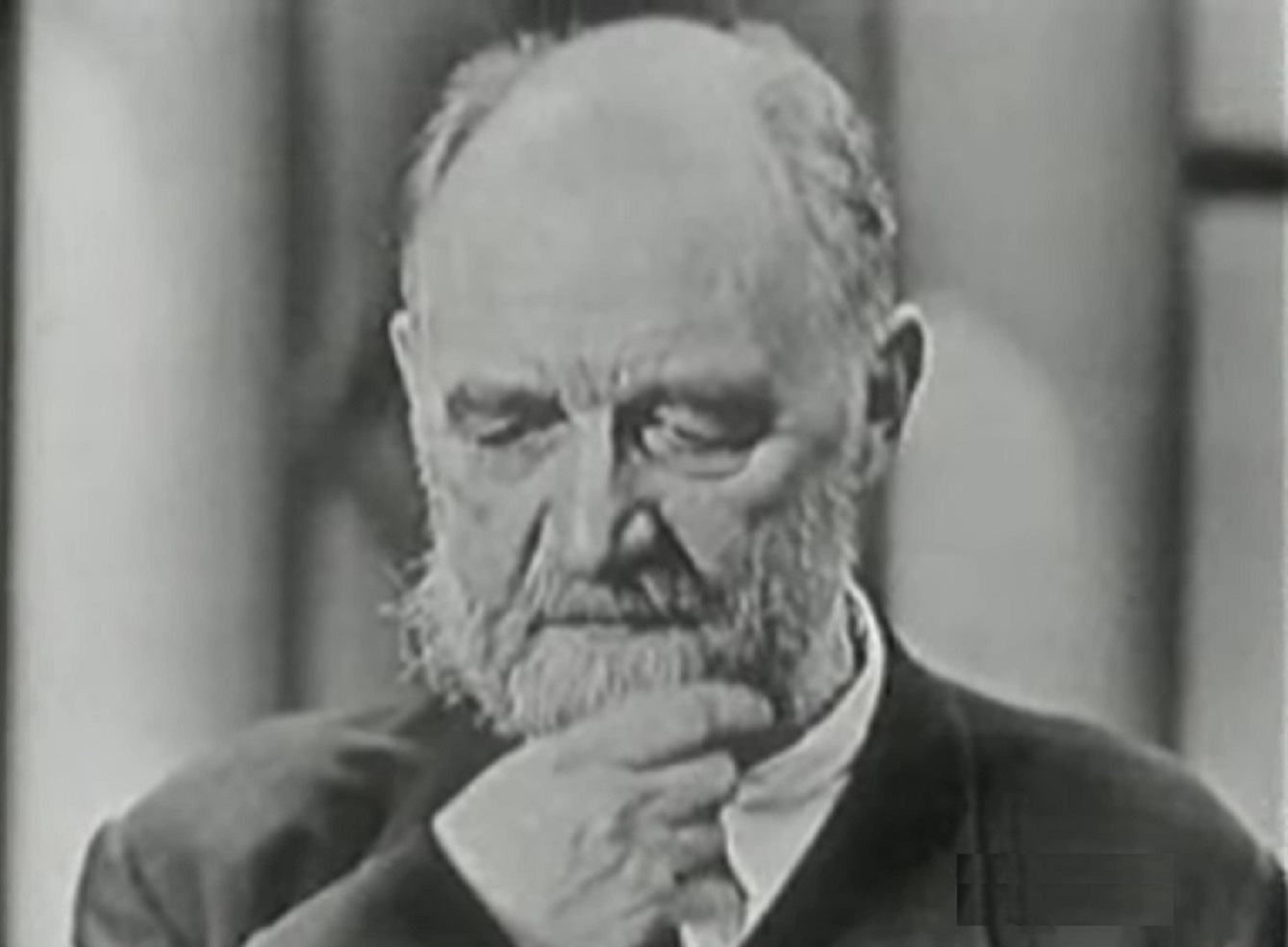 CBS, The $64,000 Question (Game Show)
CBS, The $64,000 Question (Game Show)
31. He Had To Bury His Wife Himself
Throughout his life, Freuchen railed against Christian missionaries who traveled to Greenland without bothering to learn the Inuit culture and language. However, his animosity towards the church turned personal when they refused to bury Mekupaluk because she hadn’t been baptized. Instead, he buried her himself—and a piece of his heart along with her.
 Library of Congress, LOC's Public Domain Image Collections
Library of Congress, LOC's Public Domain Image Collections
32. He Claimed To Be Jewish
It wasn’t just discrimination against the Inuit that Freuchen abhorred. He abhorred discrimination of any and all kinds. In fact, whenever he heard someone say something discriminatory against the Jews, he would claim to be one and step to them with his 6 '7 frame. His staunch defense of the Jews would make him a target in the years to come.
33. He Returned Home
After losing Mekupaluk, Freuchen felt that staying in Greenland would have been too devastating. So, he returned to his home of Denmark and threw himself into politics. For years, he continued launching expeditions into the Arctic interior but, increasingly, his adventures included advocating for Inuit peoples’ rights.
This made one führer positively furious.
34. He Found Love Again
Against the odds, Freuchen managed to find love again in Magdalene Vang Lauridsen, the daughter of the director of Denmark’s national bank. He became the editor for the Vang Lauridsen-family owned newspaper, Ude og Hjemme, where he expounded on his socially democratic views. But, if politics brought him and Vang Lauridsen together, it also drove them apart.
35. He Got Into The Movie Business
With his return to civilization and stories of his Arctic exploits, it wasn’t long before Freuchen attracted the attention of Hollywood scriptwriters. The major studio, MGM, even based the award-winning 1933 film Eskimo (or Mala the Magnificent) on two of Freuchen’s real-life accounts of his adventures. The film itself was quite real.
36. He Was A Talented Actor
In addition to his life as an adventurer and intrepid explorer, Freuchen also had a highly successful (if brief) film career. On the set of Eskimo, Freuchen worked as a translator for the Native actors. He also played the main villain in the film, shocking everyone with his hidden talent for acting.
37. He Never Relied On CGI
As good an actor as Freuchen was, there was little imagination required in the making of Eskimo. According to Freuchen, the scene in the film where a wolf attacks the main character, Mala, was not faked at all. The film’s breakout star, Ray Mala, spent three whole days coaxing a wolf into attacking him.
Fortunately, there was a marksman standing by—just in case the wolf got the better of Mala.
38. He Had Another Failed Marriage
For reasons that are, perhaps, lost to history like Freuchen’s gangrenous toes to the tundra, he suffered another failed marriage. After two decades together, Freuchen and Lauridsen split in 1944. However, this wasn't the only unfortunate event during this period. In fact, around this time, the adventurer faced real danger.
39. He Was The Führer’s “Favorite” Viking
Unsurprisingly, Freuchen sided with the Danish resistance during the early days of WWII. His strong defense of social democracy—and his practically legendary status as a living Viking—made him a prominent target of the Third Reich. In fact, the führer himself issued a warrant for Freuchen’s capture and ultimate execution.
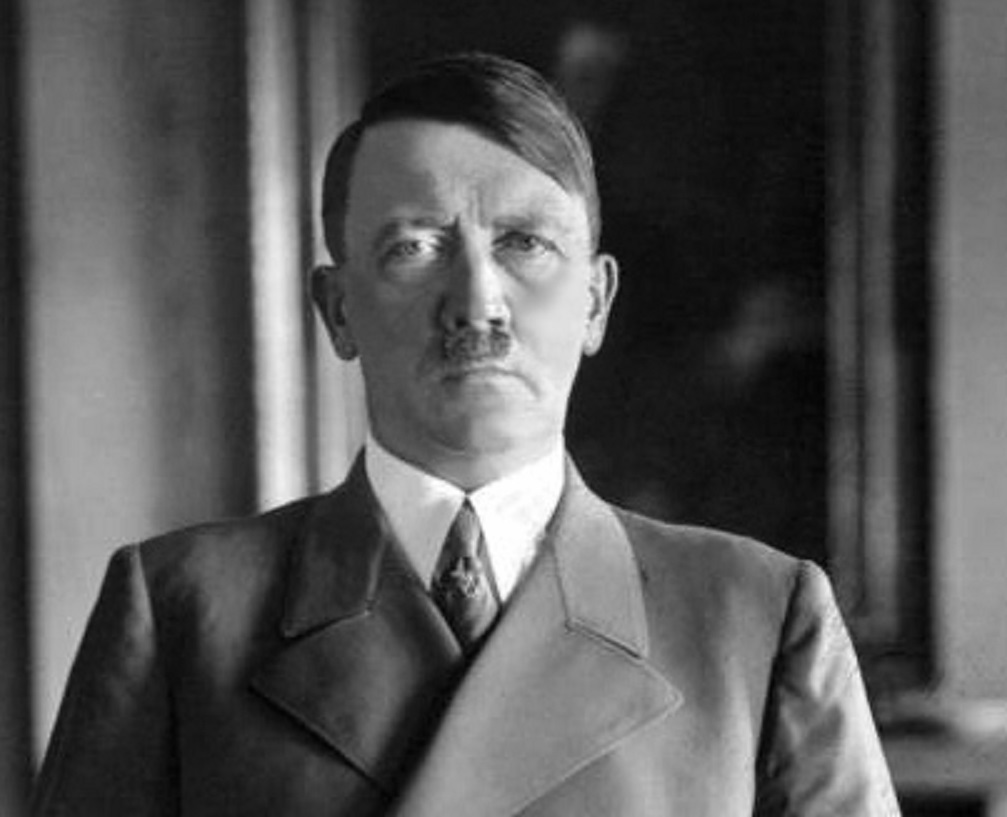 Bundesarchiv, CC BY-SA 3.0 DE, Wikimedia Commons
Bundesarchiv, CC BY-SA 3.0 DE, Wikimedia Commons
40. He Could Not Escape The Third Reich
Even with one peg-leg, Freuchen valiantly resisted Third Reich occupation in Denmark. However, outside of the frozen Arctic, he was not in his element. Eventually, Third Reich forces managed to capture Freuchen in France. But if an Arctic avalanche and some gangrene couldn’t constrain him, certainly some silly fighters couldn’t either.
41. He Always Got Away
The forces of the Third Reich had strict orders from the führer himself to take Freuchen's life at their earliest opportunity. Of course, they were dealing with a man who had taken down a polar bear all on his own. Unsurprisingly, Freuchen managed to escape his captors before they could put him in the ground. His best days were still ahead.
42. He Found Love Again
Freuchen had escaped the crisp claws of the Grim Reaper more than a few times in his life. But, after escaping The Third Reich, he perhaps felt that he was running out of miraculous escapes. Shortly after regaining his freedom, Freuchen met his third wife, the Danish-Jewish fashion illustrator Dagmar Cohn and, for once, appeared to want to settle down.
 SAS Scandinavian Airlines, Wikimedia Commons
SAS Scandinavian Airlines, Wikimedia Commons
43. He Settled Down In New York
After a life of adventure and daring escapades, Freuchen found some measure of happiness and solace in his wife, Cohn. Putting the Third Reich behind them for good, Freuchen and Cohn traveled to New York in 1945 where they planned to live happily ever after. But Freuchen still had a few fun and fearless adventures left in him.
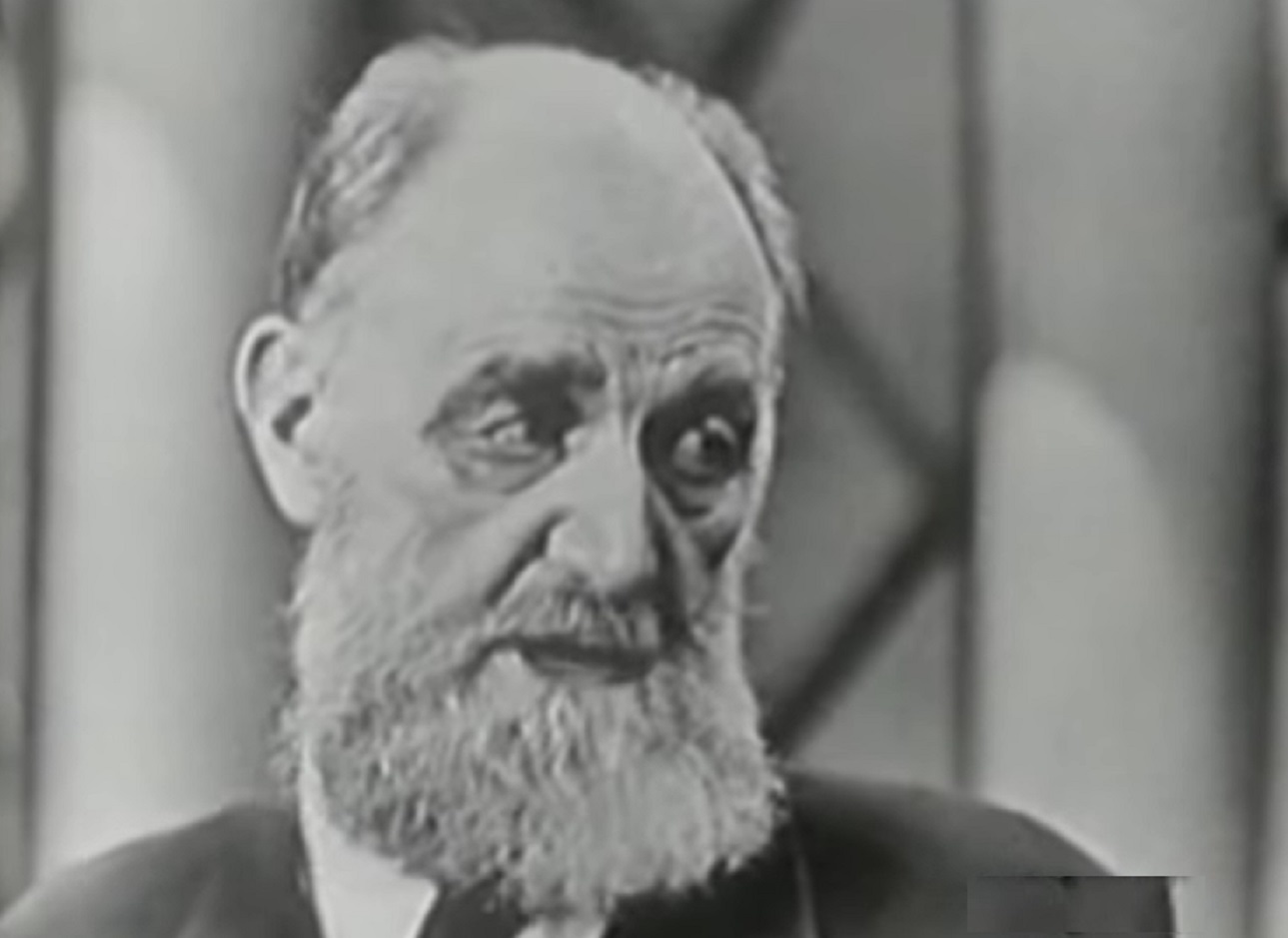 CBS, The $64,000 Question (Game Show)
CBS, The $64,000 Question (Game Show)
44. He Still Yearned For Adventure
Even in the metropolis of New York, Freuchen still yearned for untouched earth. He joined the New York Explorer’s Club and became an invaluable member, sharing his insights and experiences with the next generation of adventurers. Sadly, he never embarked on another daring Arctic expedition again. Still, he was legendary.
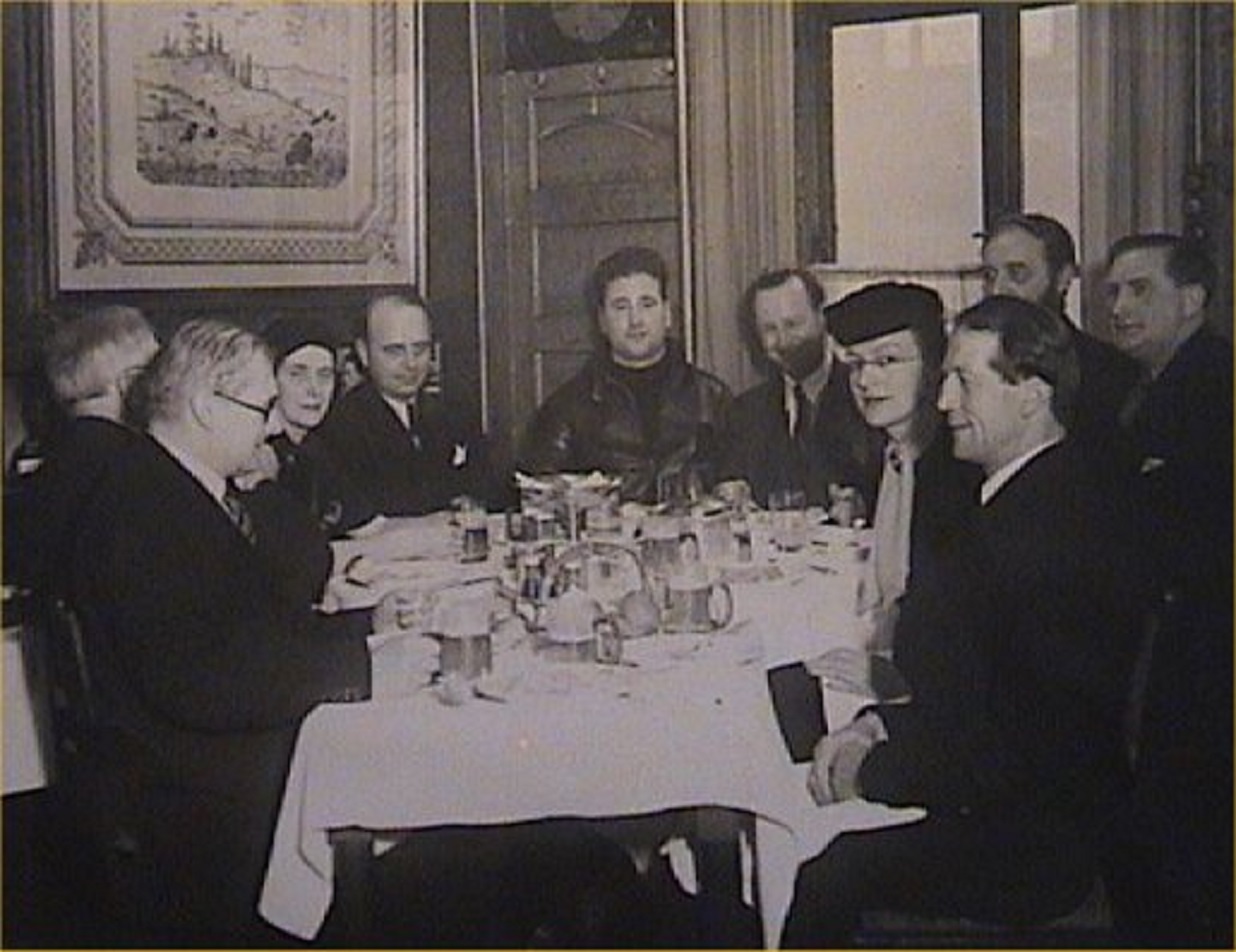 Eventyrernes Klub, Wikimedia Commons
Eventyrernes Klub, Wikimedia Commons
45. He Had Friends In High Places
Freuchen’s contributions to exploration and, by extension, the scientific and geographic communities, gave him a legendary status. Simply everyone wanted to be in the presence of the last, true Viking. In his later years, he kept company with the royal families of Europe, the glitterati of Hollywood, and the power brokers of Washginton.
He knew more than all of them put together.
46. He Won A Game Show
Despite dropping out of the University of Copenhagen and cutting short his medical education, Freuchen was no academic slouch. He had gone to the school of hard knocks and came out with a wealth of knowledge. Enough knowledge to win the American TV-show The $64,000 Question in 1956. It was, perhaps, his last big adventure.
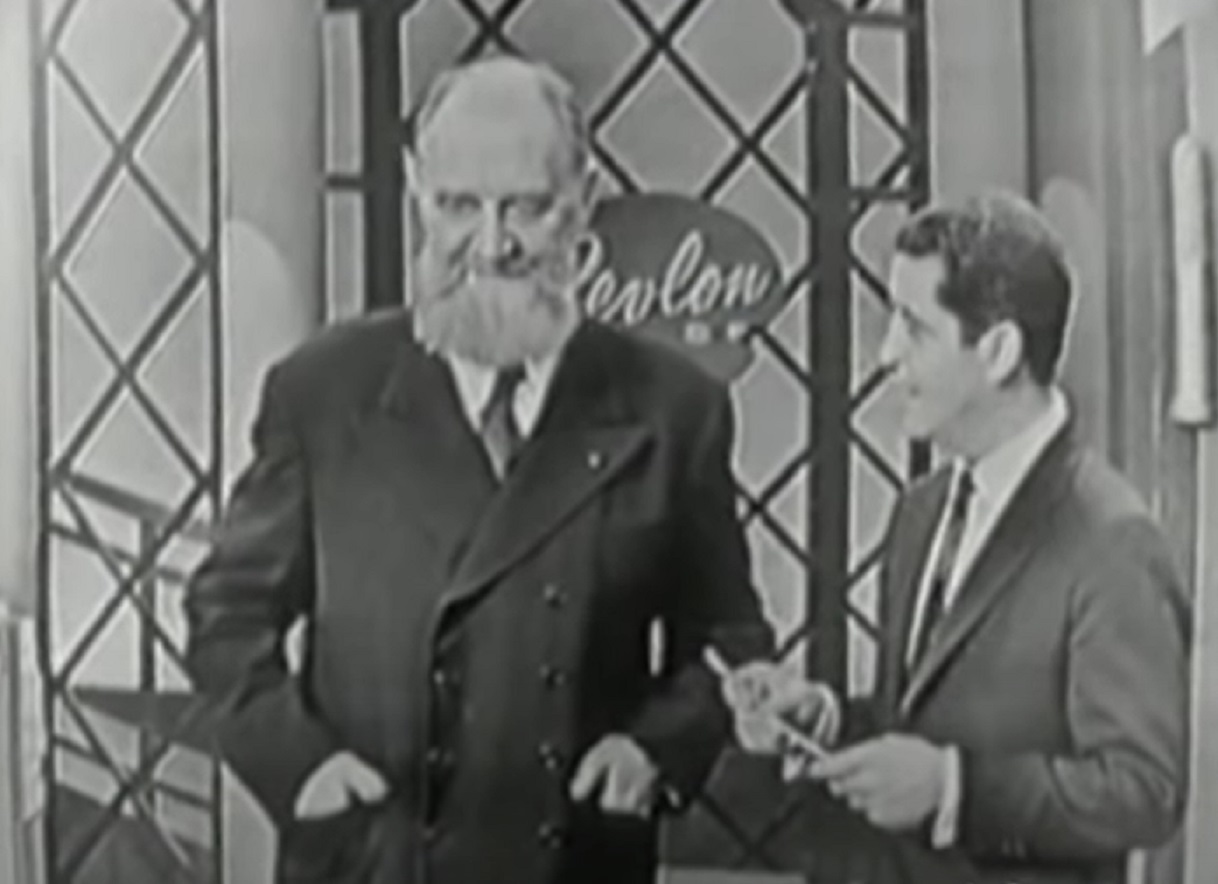 CBS, The $64,000 Question (Game Show)
CBS, The $64,000 Question (Game Show)
47. He Opened New Frontiers
If he had ever bothered to enter the Olympics, Freuchen probably would have taken home gold in dog sledding. But he managed to get a gold medal anyhow. In 1957, the International Benjamin Franklin Society awarded Freuchen the Gold Medal for his “service to mankind in opening new frontiers”. Sadly, he was about to travel to his final frontier.
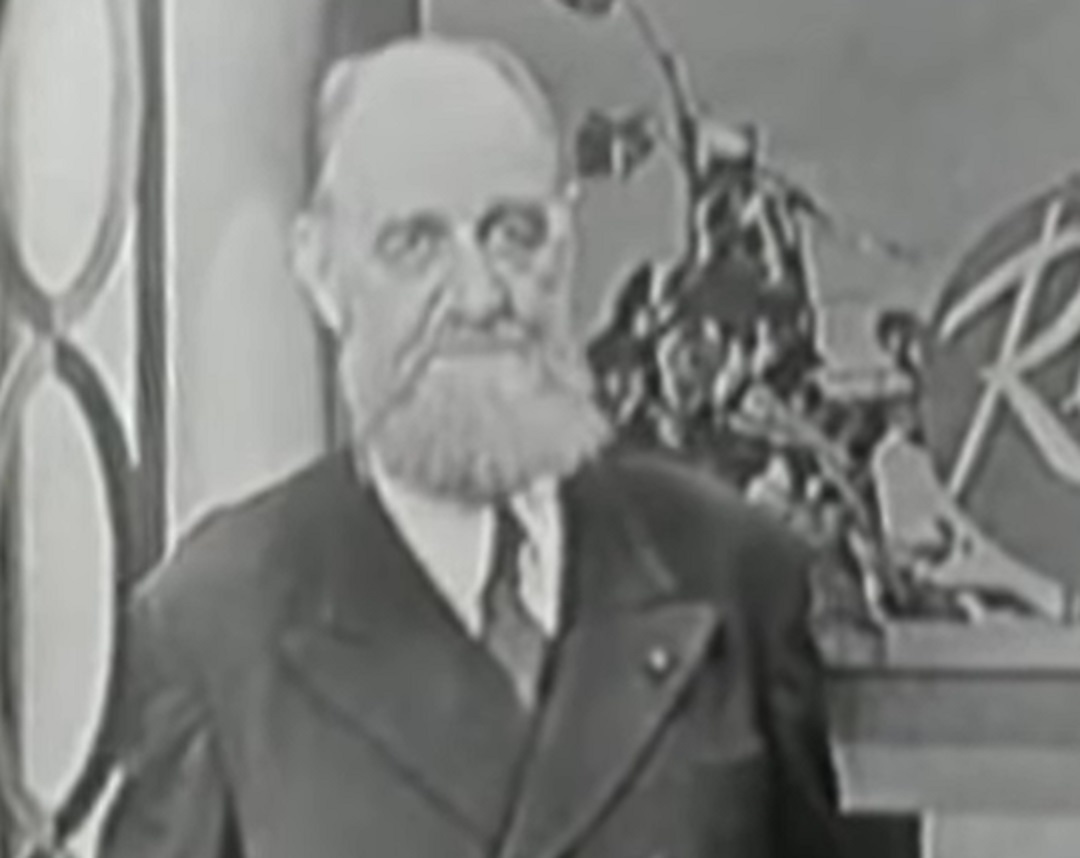 CBS, The $64,000 Question (Game Show)
CBS, The $64,000 Question (Game Show)
48. He Wrote A Lot Of Books
It goes without saying that Freuchen lived one crazy and adventurous life. Enough to fill a book—or more. Throughout his lifetime, Freuchen published a number of books, mostly recounting his dauntless escapades through the frozen tundra of the Arctic. But he also traveled to places like Africa and South America.
49. He Finished His Final Book Just In Time
Freuchen was always a man on a mission. But once his mission ended, so did he. He completed his last book, Book of the Seven Seas, on August 30, 1957. And he didn’t finish it a moment too soon, either. Just three days after penning his final words in the book’s preface, Freuchen passed. Of course, he didn’t go lying down.
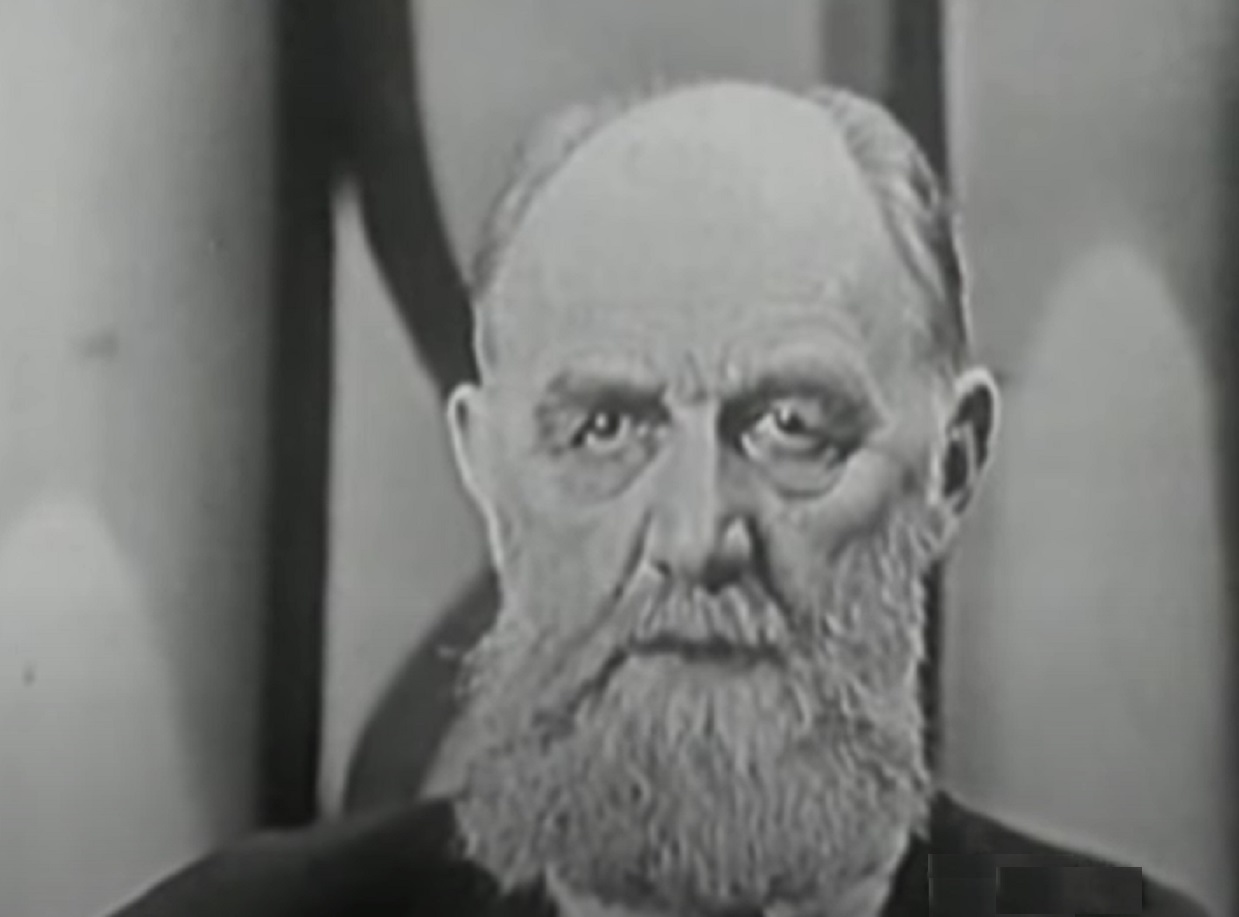 CBS, The $64,000 Question (Game Show)
CBS, The $64,000 Question (Game Show)
50. He Ascended To Staircase To Valhalla
Freuchen spent his entire life on one big adventure. Whether he was mapping the Arctic, hunting polar bears, escaping the evils of WWII, or winning game shows. It stands to reason then, that he passed while embarking on yet another adventure. While climbing the stairs of a plane in Anchorage, Alaska, he suffered a fatal heart attack.
51. He Returned To The Place “Beyond The Borders Of The Known World”
Ironically, Freuchen did not meet his end in the frozen tundra, but rather in a burning incinerator. As per his wishes, Freuchen was cremated—and then his ashes went on one final adventure. They were scattered in the only place that was ever really home to the Vagrant Viking: Thule, the place “beyond the borders of the known world”.
 Klaus Bek, CC BY-SA 4.0, Wikimedia Commons
Klaus Bek, CC BY-SA 4.0, Wikimedia Commons




